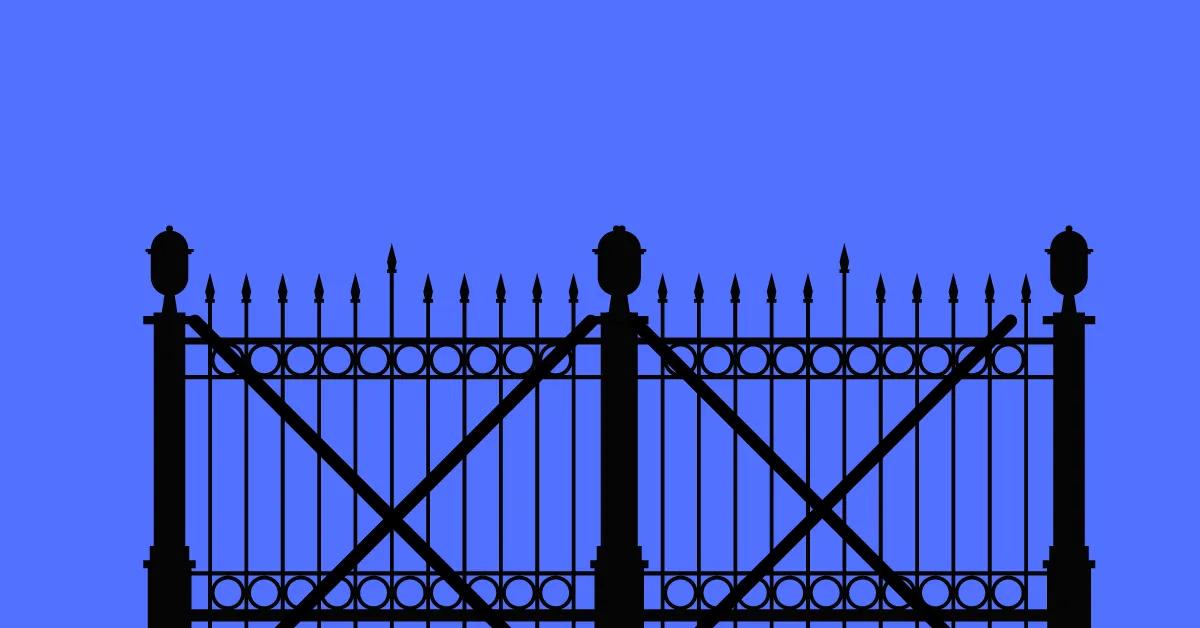Last Updated on 07/26/2024 by calculatoracute.com
Gate Brace Calculator
Introduction
Gate braces are essential structures that provide support and stability to gates, ensuring they function properly and safely. Calculating the proper size and placement of gate braces is crucial for maintaining the structural integrity of a gate and preventing sagging or misalignment.
In this blog post, we will outline five actionable tips for mastering gate brace calculations, providing you with the knowledge and tools needed to create sturdy and reliable gate structures.
1: Understand the Purpose of Gate Braces
Before diving into gate brace calculations, it is crucial to understand the purpose of gate braces. Gate braces are designed to distribute the weight and forces exerted on a gate evenly, preventing it from sagging or warping over time.
By providing additional support to the gate, braces help maintain its shape and functionality, prolonging its lifespan. When calculating gate braces, consider the weight of the gate, the material it is made of, and the forces it will be exposed to.
Practical Example: If you have a heavy wrought iron gate that is frequently used, you will need to calculate the size and placement of the gate braces accordingly to ensure it can support the weight and usage.
2: Measure the Span of the Gate
One of the most critical factors in gate brace calculations is the span of the gate, which refers to the distance between the two points where the gate is attached.
Measuring the span accurately is essential for determining the length and placement of gate braces. To calculate the size of the gate braces, measure the width of the gate and add half of the width to each side to determine the span.
Practical Example: If you have a gate that is 5 feet wide, the span would be 5 feet + 2.5 feet (half the width) on each side, totaling 10 feet.
3: Consider the Material and Thickness of the Gate
The material and thickness of the gate will impact the strength and stability of the gate braces. Heavier gates made of materials like wrought iron or steel will require thicker and sturdier braces to support the weight.
When calculating gate braces, consider the material and thickness of the gate to ensure the braces can provide adequate support.
Practical Example: If you have a wooden gate that is 2 inches thick, you will need to use braces that are strong enough to support the weight of the gate without bending or warping.
4: Determine the Angle of the Gate Braces
The angle at which the gate braces are installed plays a crucial role in providing support and stability to the gate. For optimal strength, gate braces should be installed at a diagonal angle, forming a triangle with the gate.
The steeper the angle of the braces, the more support they will provide. When calculating gate braces, determine the angle that will best distribute the weight and forces exerted on the gate.
Practical Example: If you have a gate that is 6 feet tall, installing gate braces at a 45-degree angle will provide optimal support and stability.
5: Consult a Professional for Complex Calculations
If you are dealing with a complex gate structure or are unsure about the calculations involved, it is always best to consult a professional.
Gate brace calculations can be intricate and require precise measurements and expertise. A professional can help assess your gate’s specific needs and recommend the most suitable brace design and placement for optimal support and stability.
Practical Example: If you are installing a large industrial gate or a gate with unique requirements, seeking the advice of a structural engineer or gate specialist can ensure that your gate braces are correctly calculated and installed.
Conclusion
Mastering gate brace calculations is essential for creating durable and functional gate structures that can withstand the test of time.
By understanding the purpose of gate braces, measuring the span of the gate accurately, considering the material and thickness of the gate, determining the angle of the gate braces, and consulting a professional for complex calculations, you can ensure that your gate is properly supported and stable.
Implementing these actionable tips will help you create strong and reliable gate structures that enhance the safety and security of your property.


